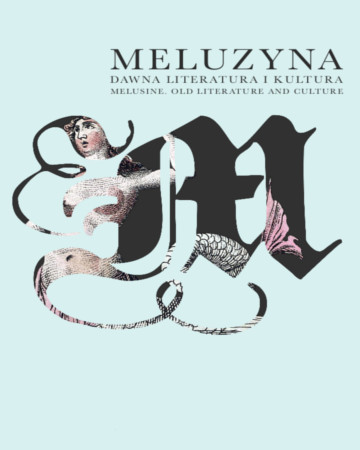






| Authors: |
Karolina
Wójciga
Uniwersytet Marii Curie-Skłodowskiej |
| Keywords: | Jan Achacy Kmita exemplum biblical paraphrase “Susanna” Jan Kochanowski St. Jerome of Stridon “Penelopea” |
| Data publikacji całości: | 2015 |
| Page range: | 13 (43-55) |